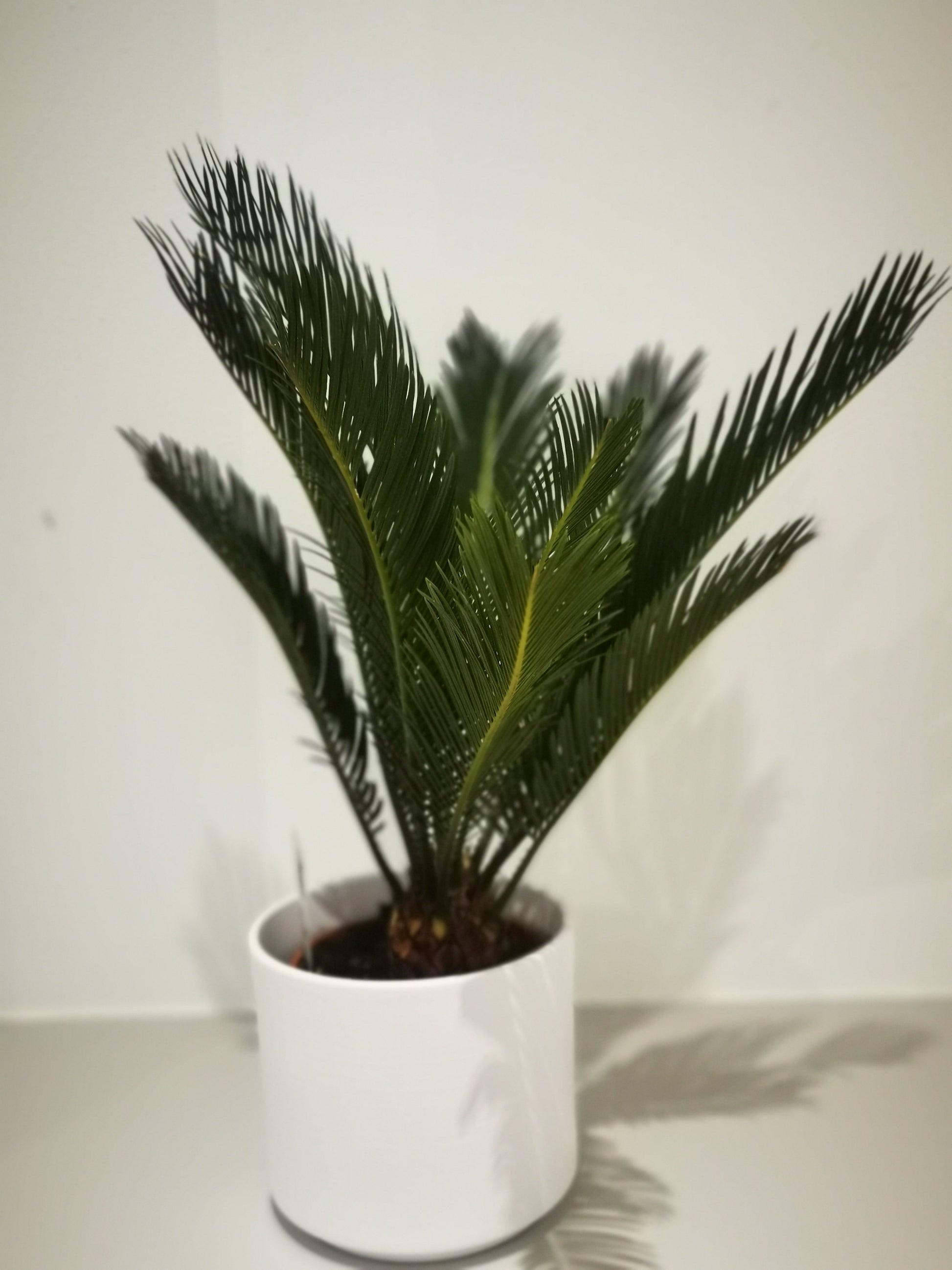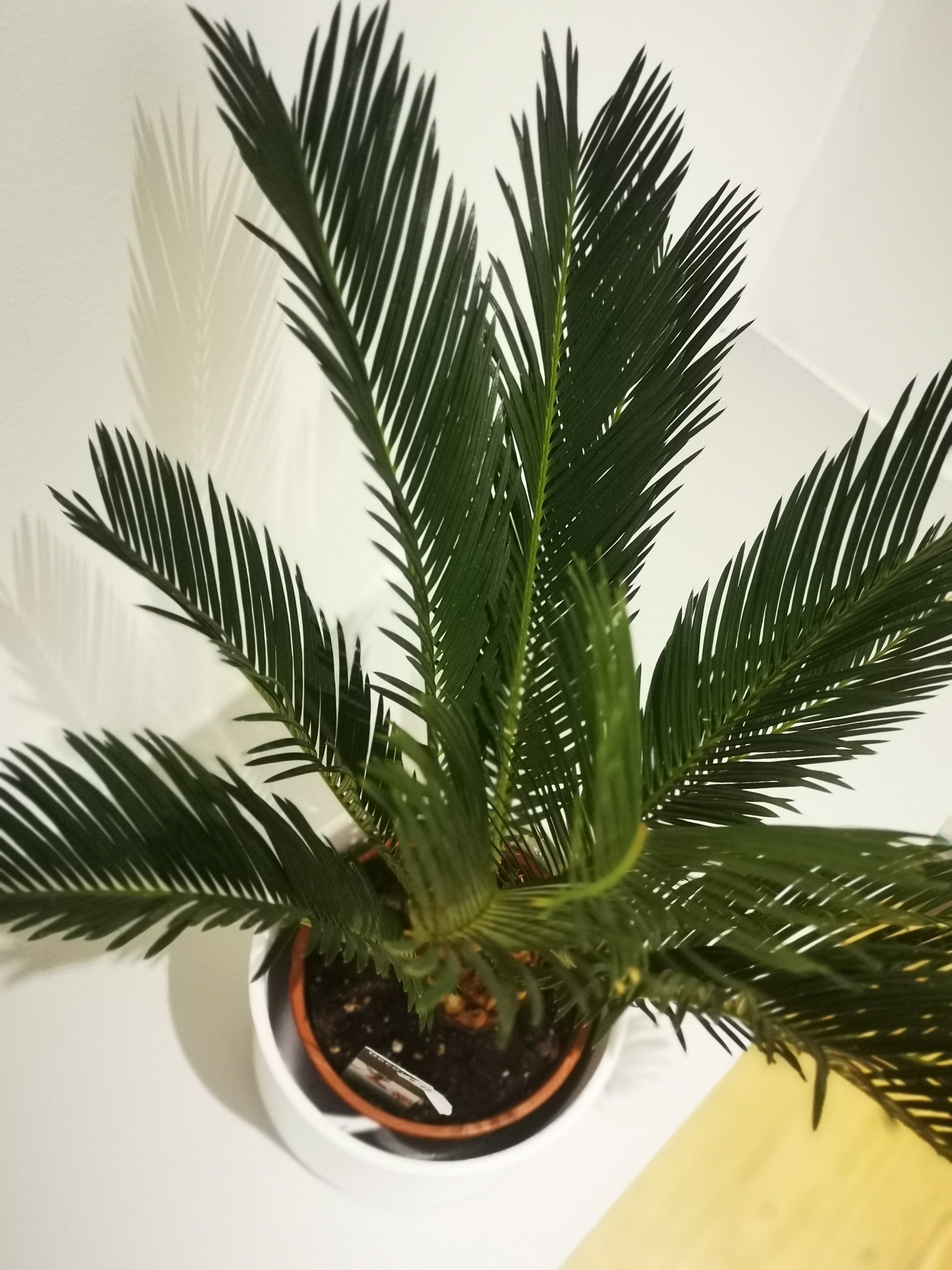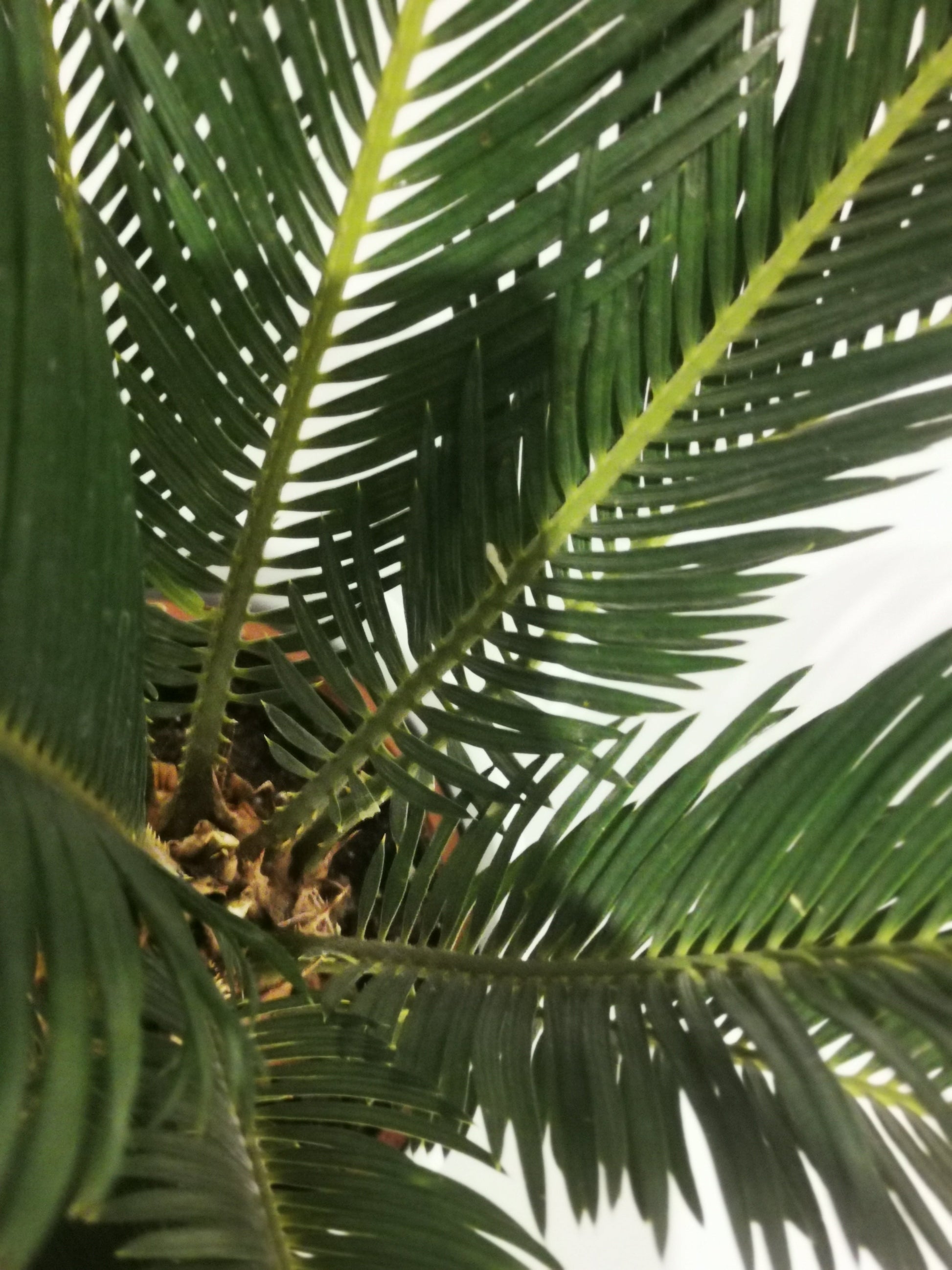Cycas Revoluta
Cycas Revoluta
Rated 4.9 ⭐ by 100 satisfied customers on Google
Currently in stock
Couldn't load pickup availability
- Home delivery throughout Belgium.
- Collection in Leuven possible
- A real gem for the living room
- Lifelong help for all your plant questions
Cycas Revoluta, also known as the sago palm, is a timeless eye-catcher for any interior. With its robust, dark green leaves and distinctive trunk, it instantly adds a tropical ambiance. Amateur plant lovers will appreciate its robust appearance without the hassle of care.
This houseplant looks perfect next to a large Ficus Lyrata or in a corner with a Dracaena Marginata . With this Cycas Revoluta, you're not only bringing a green eye-catcher into your home, but you're also investing in a hardy and undemanding plant. Combine it with other top plants like the elegant Monstera Minima or the air-purifying Asplenium Parvati for a lush plant corner.
How to care for a Cycas Revoluta
Watering the Cycas Revoluta
A Cycas Revoluta doesn't need much water. Water only when the top 3 centimeters of the potting soil feel dry. Overwatering can lead to root rot, so less is often better. In summer, watering once every two weeks is sufficient; in winter, you can reduce this to once a month.
Light for the Cycas Revoluta
This plant grows best in bright, indirect light. Avoid placing the Cycas in direct sunlight, as this can burn the leaves. A spot near an east- or west-facing window is ideal for healthy growth. Keep it away from cold drafts and heat sources to prevent brown edges.
Frequently occurring problems
Yellow leaves
Yellow leaves on a Cycas Revoluta often indicate overwatering or wet roots. Check the soil moisture and adjust your watering routine. Ensure the pot drains well and, if necessary, use hydroponic clays in the bottom of the pot.
Plant is dripping
A dripping plant can indicate sweat kidneys, a natural process in which excess water is released through the ears. This occurs primarily in high humidity and is perfectly acceptable. Place the plant a little further away from other plants, such as the Yucca, to prevent foggy leaves.
Pests and insects
Sometimes mealybugs or scale insects appear on Cycas revoluta. Check the leaf axils and stems regularly. Treat with an organic pesticide or wipe them away with a cotton swab soaked in alcohol.
Roots growing out of the pot
If the roots emerge from the bottom of the pot, the Cycas is ready for a larger pot. Repot every two to three years into a larger pot. Use well-aerated potting soil, such as a mix from our potting soil and accessories collection.
Brown edges on the leaves
Brown edges are often caused by air that is too dry or insufficient water. Increase the humidity by placing a bowl of water near the plant or use a plant mister. For extra care, you can also try our jungle mist spray .
Frequently Asked Questions
Is Cycas Revoluta poisonous?
Yes, all parts of the Cycas Revoluta are poisonous to humans and animals if ingested. Keep pets and small children out of reach of the plant. For non-toxic alternatives, check out our collection of non-toxic houseplants if you prefer safer plants.
What variants and relatives are there?
Within the Cycas family there are several species, each with its own charm.
- Cycas revoluta
- Cycas circinalis
- Cycas rumphii
- Cycas panzhihuaensis
- Cycas taitungensis
- Cycas siamensis
- Cycas multipinnata
- Cycas micholitzii
For a varied look, you can also combine leaves with the texture of a Pothos Pictus or the metallic accents of the Aglaonema Silver Bay . This creates a playful green ensemble.
Want to learn more about caring for tropical plants? Then read our blog about Yucca care or discover which houseplants are easiest for beginners . With Cycas Revoluta, you'll bring a robust and timeless plant into your home that will enhance your interior for years to come.
Share
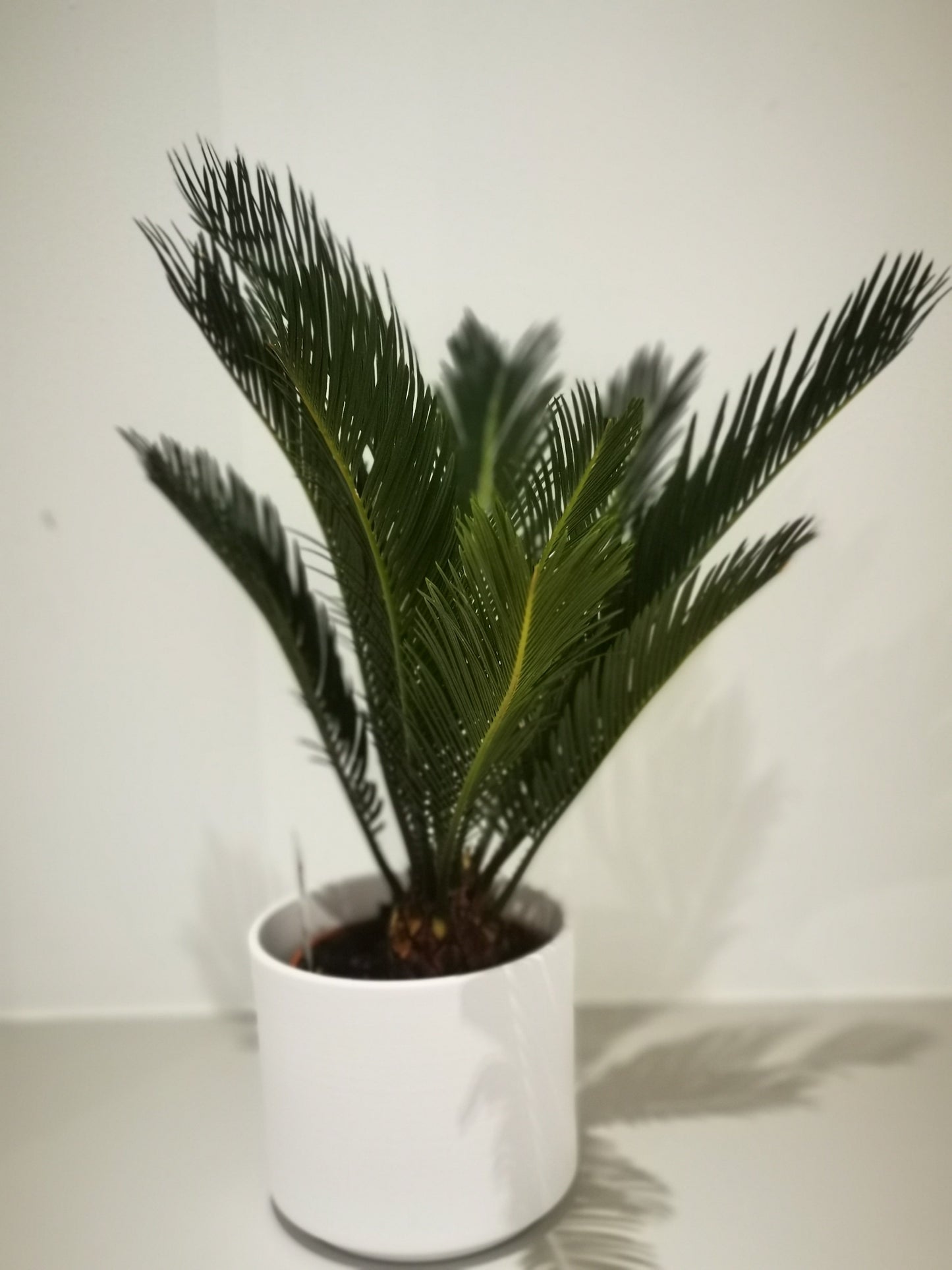
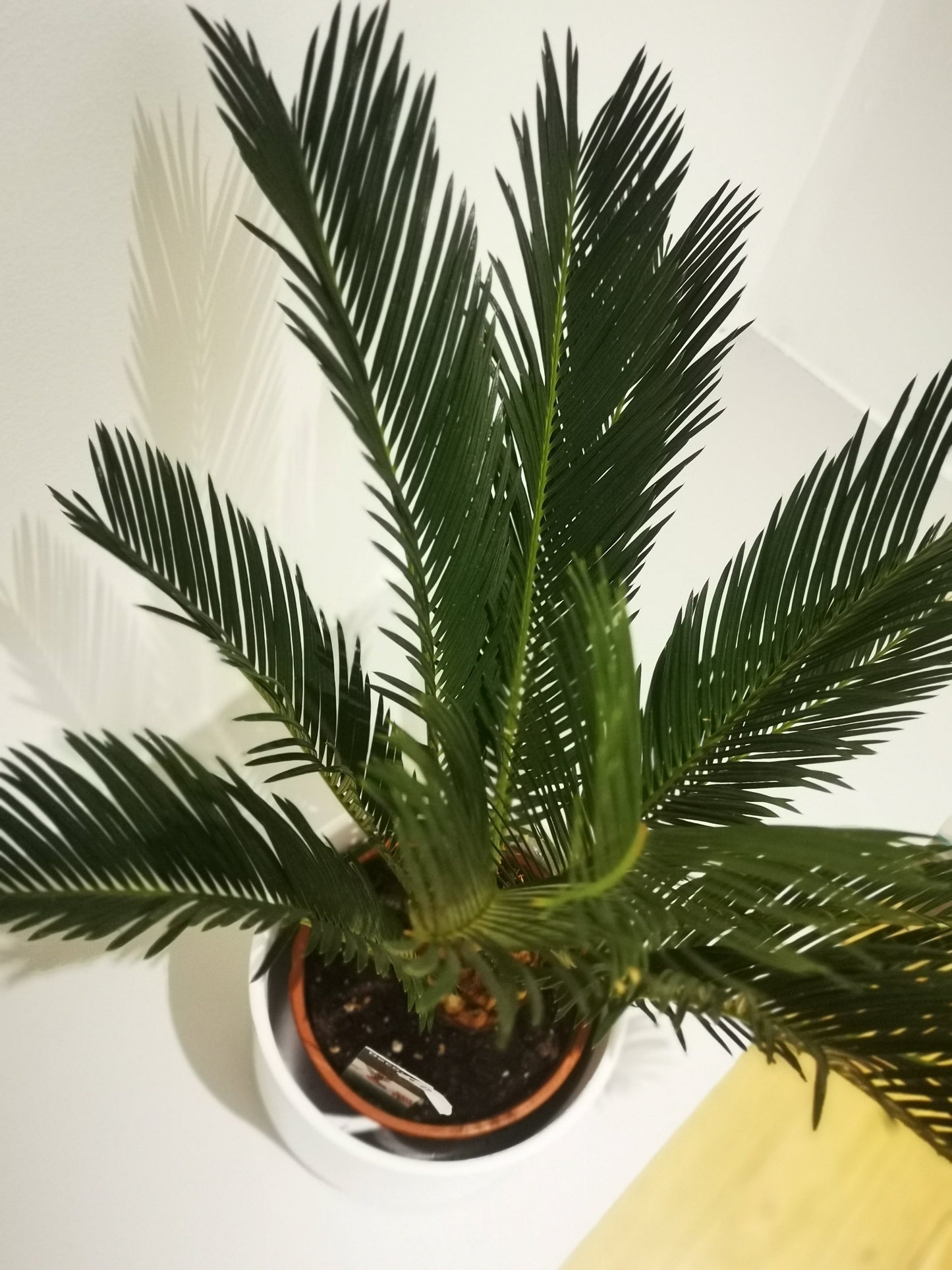
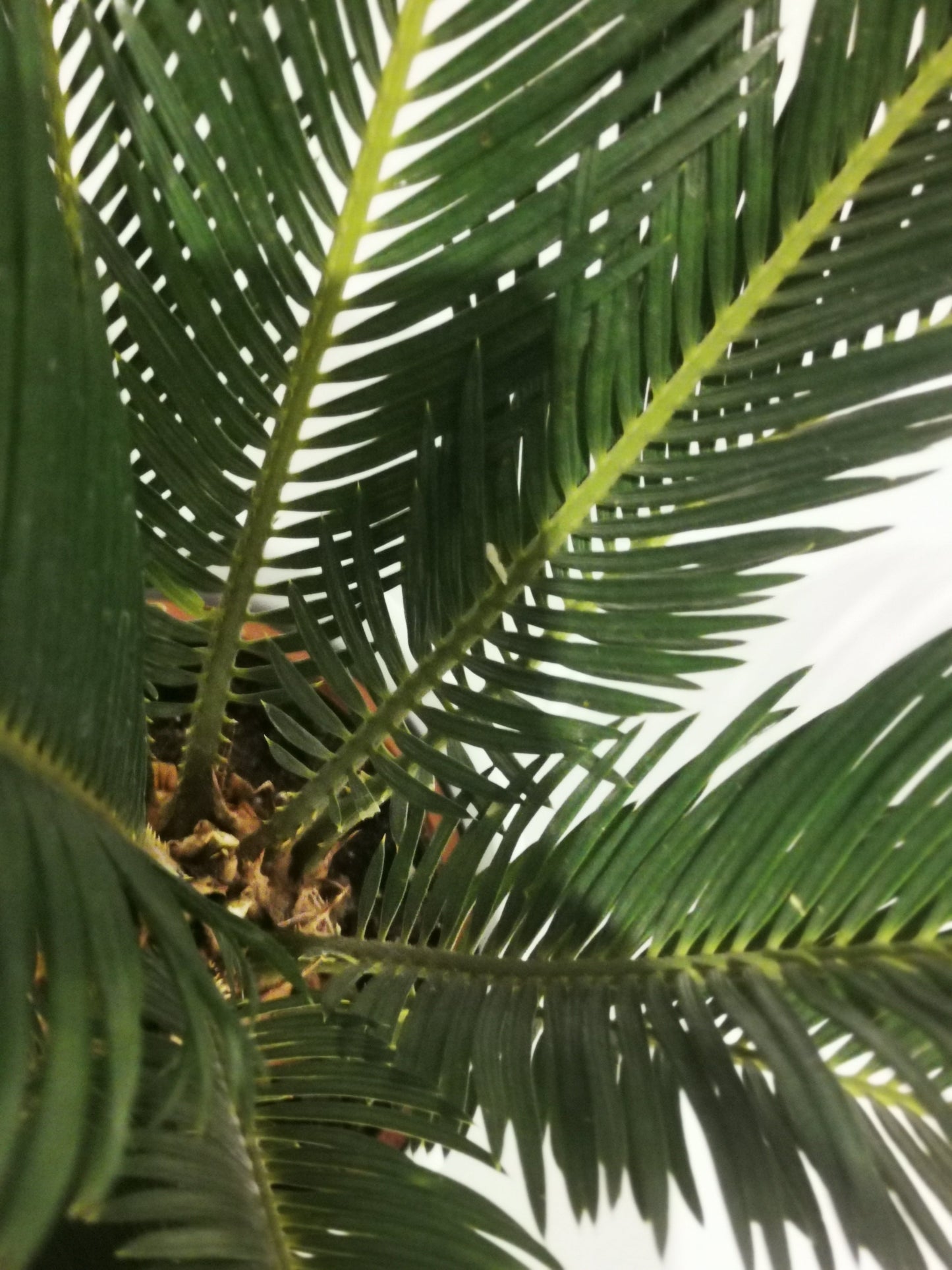
Frequently Asked Questions
How do you ship plants?
We always ship our plants well packaged and safely.
We do not ship on cold days and we also try not to ship during the weekends. This way plants are always in suboptimal conditions for a minimum time.
What is your shipping policy?
You can read our shipping policy here.
What payment methods do you accept?
We accept various payment methods online such as Bancontact, Visa, Mastercard, Paypal.
You can also pay with Ecocheques in our store in Leuven.
Can I return the products?
You can read our returns policy here.
Where do your plants come from?
Our plants always come straight from the grower to our shop. With minimal stops we prevent pests and diseases and keep the chain short!
Collections
-
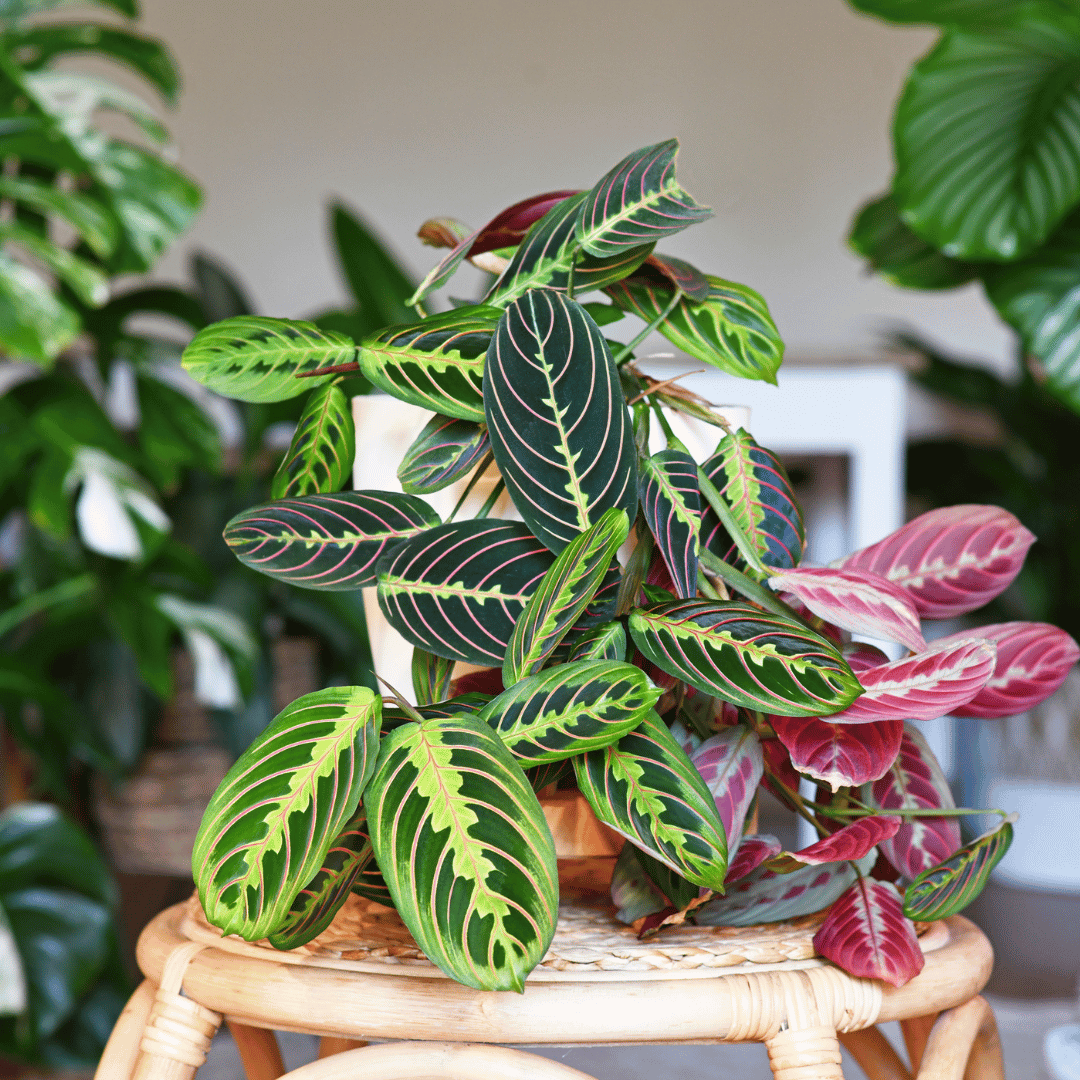
Buy Maranta's
Discover the unique charm of our collection of Maranta plants. With their...
-
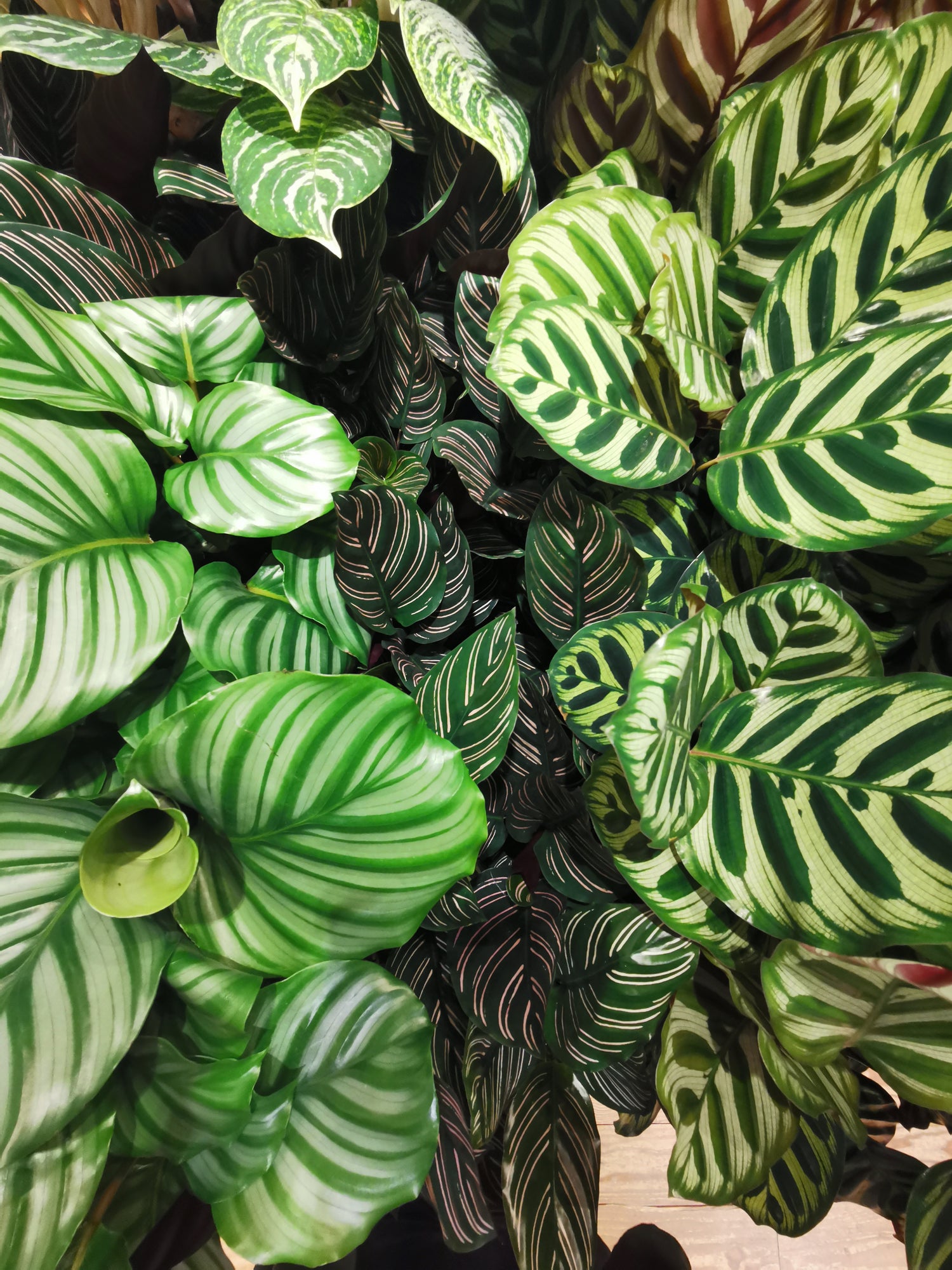
Buy Calathea
Are you looking for a beautiful and unique houseplant that will purify...
-
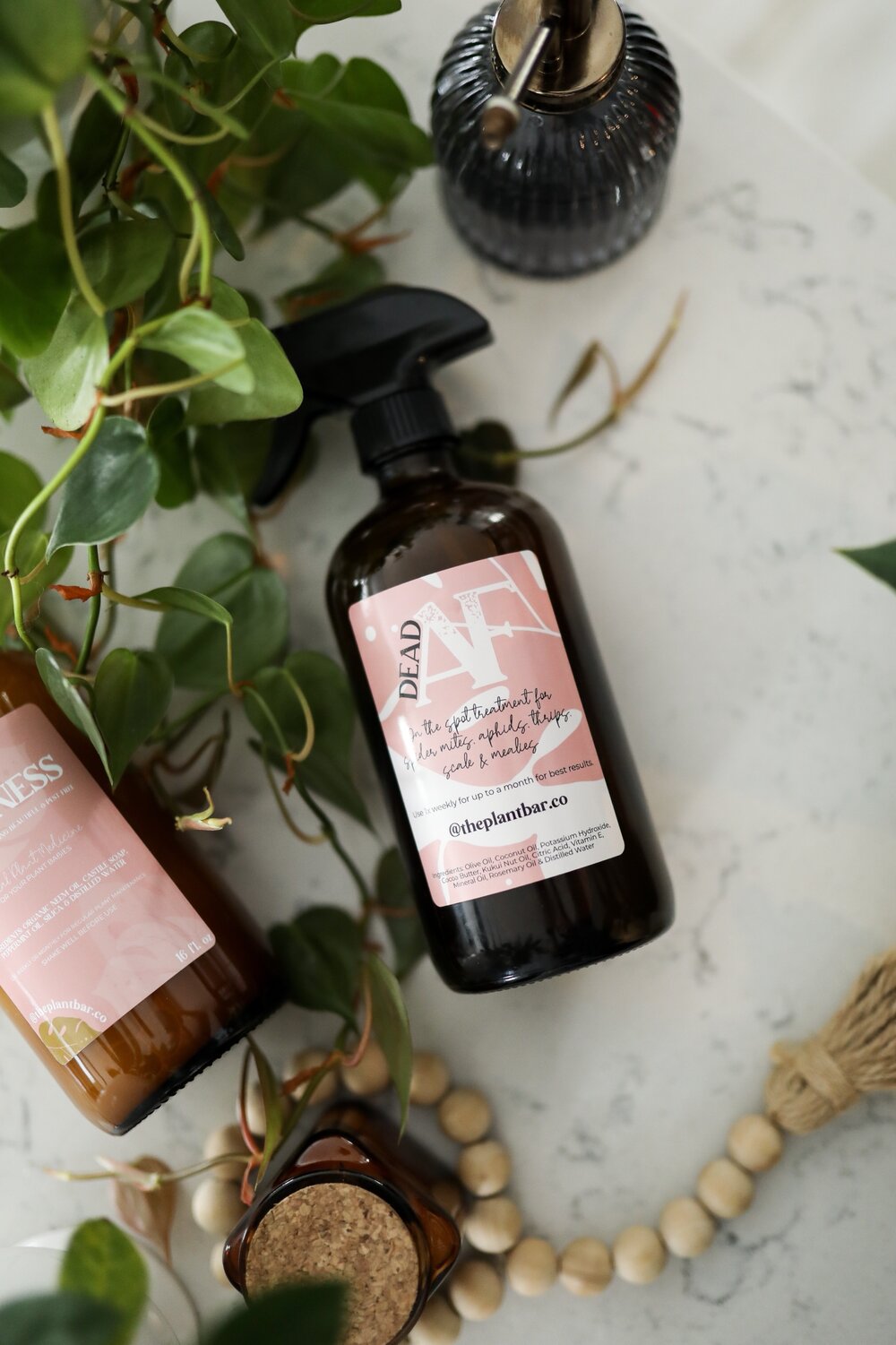
Accessories for Plant Lovers
In our store we have a wide variety of accessories to help...

